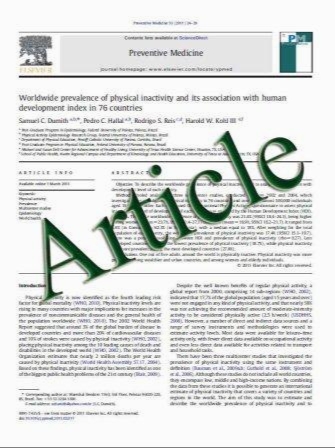The effect of stents on intra-aneurysmal hemodynamics: in vitro evaluation of a pulsatile sidewall aneurysm using laser Doppler anemometry
- نوع فایل : کتاب
- زبان : انگلیسی
- مؤلف : Franziska Dorn & Franz Niedermeyer & Andrea Balasso & Dieter Liepsch & Thomas Liebig
- چاپ و سال / کشور: 2011
Description
Introduction Hemodynamic modification by means of flow diversion is increasingly used for treatment of intracranial aneurysms. Despite of promising results, there is still a paucity of methods to reliably predict long-term success of this technique. Laser Doppler anemometry (LDA) can be used to quantify the influence of stents on intra-aneurysmal flow in vitro. Methods All experiments were performed with a pulsatile model of a sidewall aneurysm. A physiologic flow was created with a circulatory experimental setup, and a transparent non-Newtonian glycerol–water solution was used to substitute human blood. Flow velocity was measured with a one-component LDA system, recording flow components parallel and perpendicular to the parent vessel. Three different stents (Solitaire, Silk, Phenox flow diverter) were deployed over the aneurysm neck, respectively. Results Flow reduction was 67.59% (inflow zone), 9.65% (dome) and 37.94% (outflow zone) by the Solitaire stent. The Silk stent reduced the flow by 58.15% (inflow zone), 89.06% (dome) and 90.06%(outflow zone). The Phenox flow diverter reduced the flow by 96.76% (inflow zone), 90% (dome) and 90.91% (outflow zone) when positioned with narrow stent struts but increased the velocity of up to seven times compared to the unstented model when placed with loose strut packing in the proximal part of the aneurysm. Conclusion LDA is a feasible method to quantify intraaneurysmal flow and flow reduction efficacy of stents in vitro. Flow reduction was negligible with a standard selfexpanding stent. For dedicated flow diverters, it depended both on stent design and on appropriate positioning.
Neuroradiology (2011) 53:267–272 DOI 10.1007/s00234-010-0723-4 Received: 30 October 2009 / Accepted: 17 May 2010 / Published online: 19 June 2010


